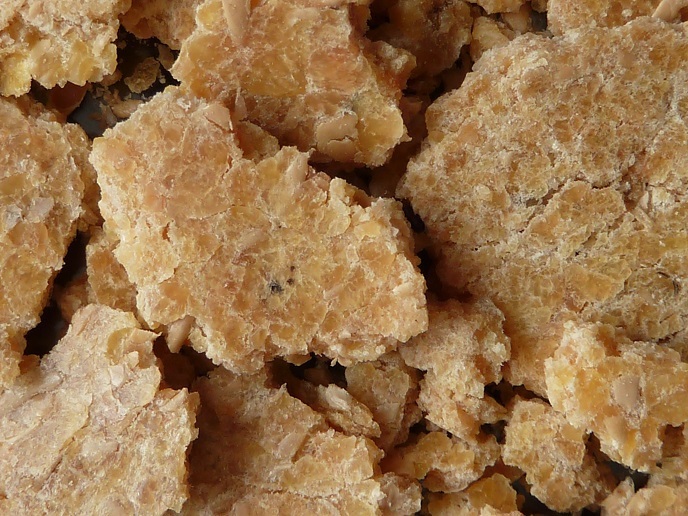Precision farming for feed efficiency
The high nutrition feeds given to monogastric livestock can otherwise be used as food for humans, which means that these animals compete with humans for the same type of food. In addition, the nutrients not retained in meat or eggs by monogastric livestock, such as pigs, poultry and rabbits, have a negative environmental impact. The EU-funded Feed-a-Gene project set out to make the farming of monogastric livestock more efficient by using locally produced feeds and genetic selection to breed leaner and more robust animals. The project aimed to transform the European monogastric livestock market using precision farming techniques.
Alternative feed for livestock
“Alternative feed resources can be used to reduce the competition of food resources between humans and monogastric livestock, but these resources are typically of lower nutritional quality than cereals and soybean meal,” says Jaap van Milgen, Feed-a-Gene project coordinator. The team set out to identify and improve alternative feed resources, such as European grown soybean, green biomass high in protein, and rapeseed meal. Having identified these less nutritious alternatives, the next step was to identify genetic traits in the livestock that would help the animals “to do best with something that is worse,” remarks van Milgen. “If we want to feed these animals with alternative feeds, we will have to assess if animals, that were ‘best’ in a good nutritional environment, are also the best with poorer and more variable feed ingredients,” van Milgen explains. The Feed-a-Gene researchers developed precision livestock feeding techniques to adapt quality and quantity of the feed according to the needs of the individual or groups of animals. They found that this precision feeding technique increased the efficiency of nutrient use by having the animals retain more of them and thus excreting less. “This ‘à la carte’ feeding offers a number of advantages because it accounts for variation among individual animals and for the variation that will occur over time,” van Milgen adds.
Finding value in variation
The Feed-a-Gene team identified bioindicators for efficiency and robustness of individual animals by collecting information from saliva, urine, faeces and blood. The researchers also recorded the feed intake and body weight, observed the behaviour of individual animals, and used mathematical and statistical modelling of biological processes to make sense of the data. The research team observed a variation in efficiency in the animals as they recorded these different traits. “Rather than seeing variation as a nuisance, we should see ‘value’ in variation and diversity, and I think that this is an important finding to which Feed a Gene contributed,” van Milgen observes.
Variation as a game changer
The Feed-a-Gene team found that it is important to observe, predict and control the variation of alternative feeds and the genetic diversity of livestock. The researchers developed precision livestock feeding techniques and breeding that van Milgen believes will be a ‘game changer’ for the future of livestock farming.
Keywords
Feed-a-Gene, monogastric livestock, precision farming, livestock feeding, genetic selection







